Classic Billfold: Blowdrying a Razor: A Photo Essay
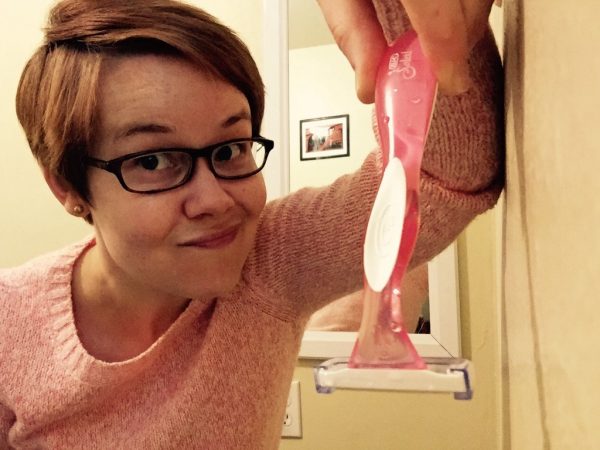
To celebrate The Billfold, we’re sharing some of our favorite posts. This piece originally published on December 15, 2016.
This morning, I posted a review of David Pogue’s new book Pogue’s Basics: Money. One of Pogue’s money-saving tips involved blowdrying your disposable razors (or disposable razor cartridges) to prevent the blades from rusting, which could potentially save you $175 a year.
I said, in the review, that one of the things The Billfold Dot Com does best is put these kinds of financial tips into practice and let you know if they really work—so I realized, after I posted the review, that I had just committed to blowdrying a razor.
Let’s see what happens.

Here’s the razor. You can tell it’s wet because it has water droplets on it.
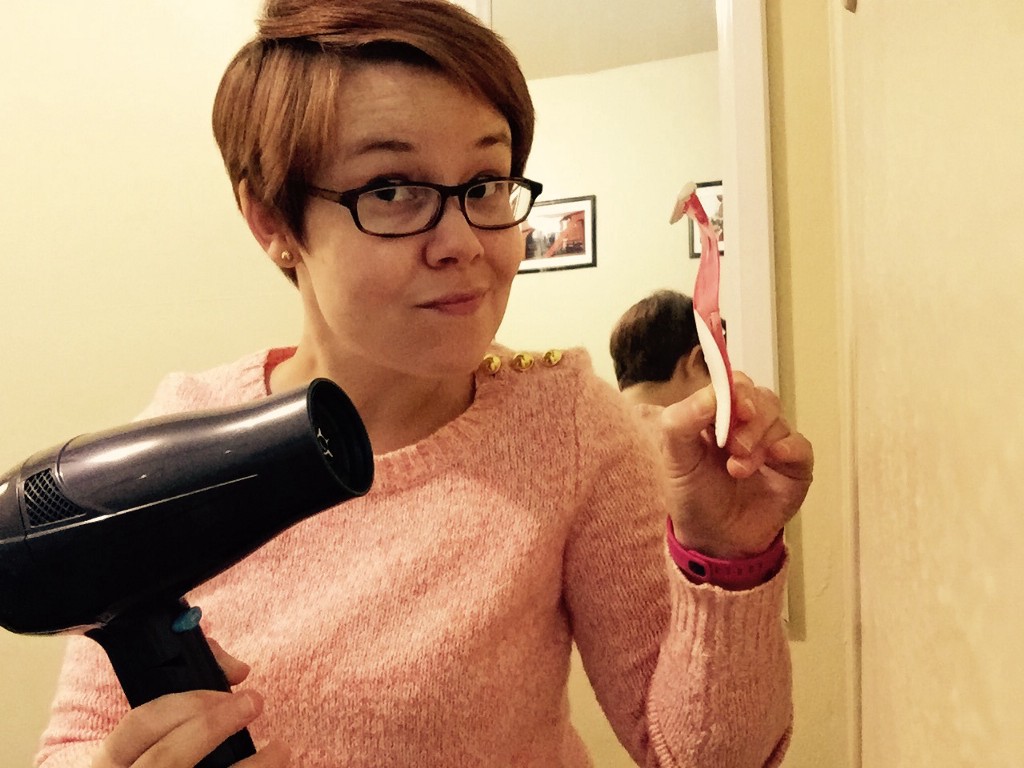
Here’s the hair dryer. I am conducting this experiment on my bedroom floor because that’s where the nearest power outlet is. (No, I don’t have an outlet in my bathroom. To save money by blowdrying my razors, I have to take a wet razor into my bedroom every day.)
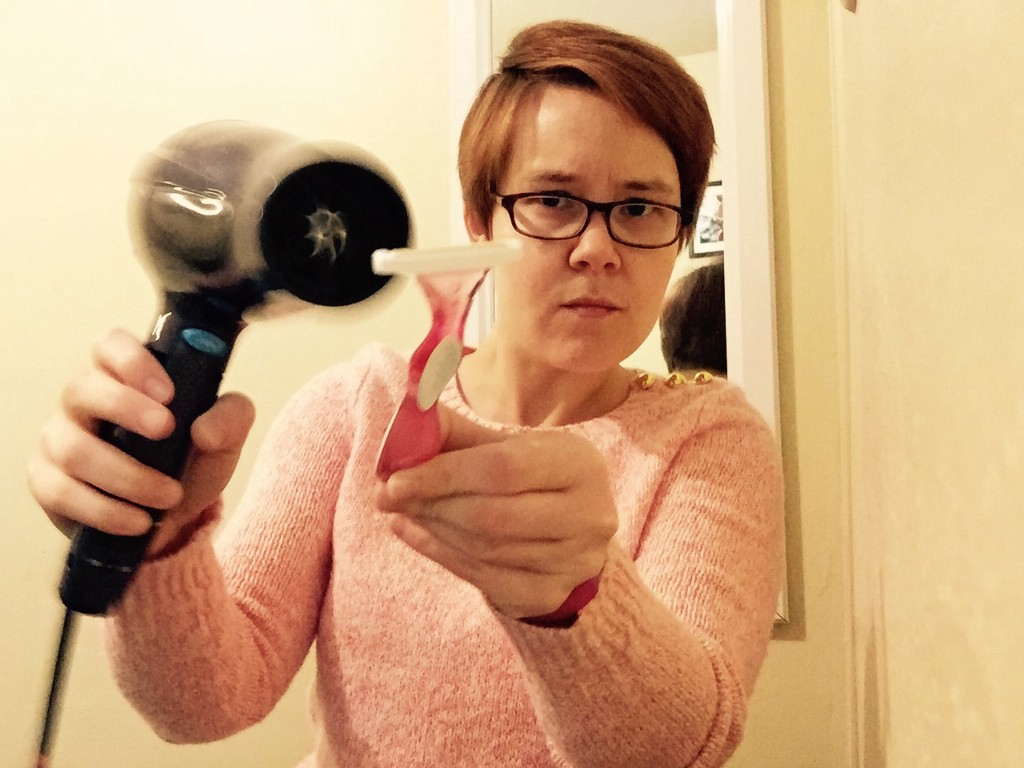
Let’s get drying. I’ll start by focusing on the blades themselves, since they’re the part that might rust and potentially cost me money.
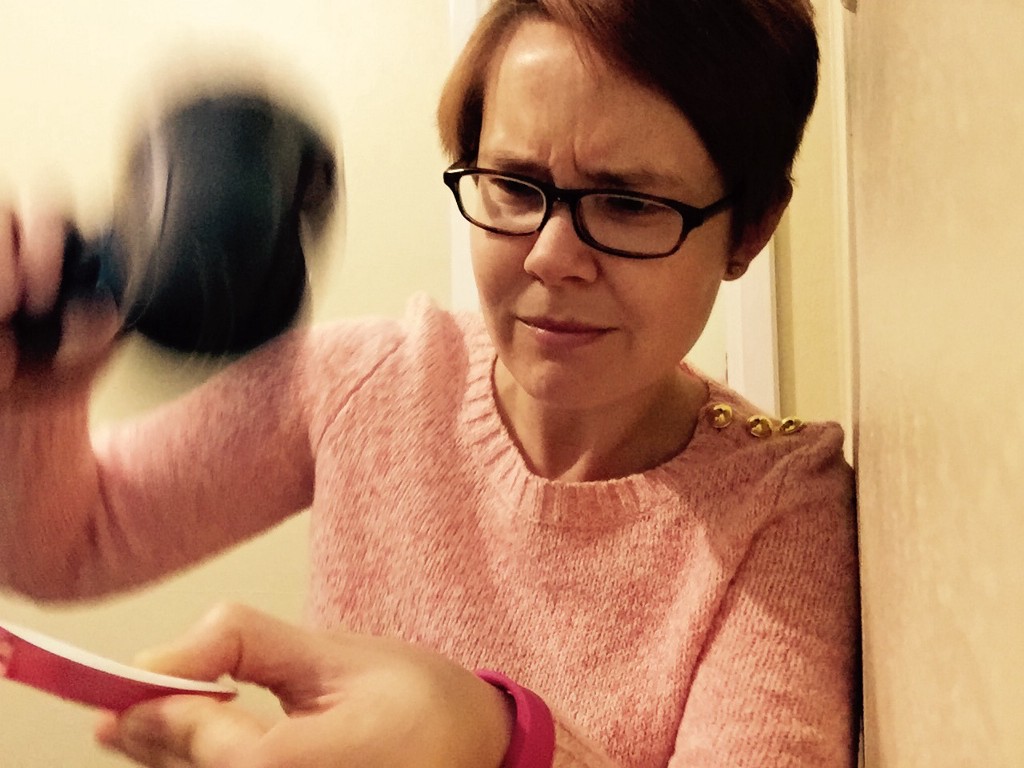
The hair dryer appears to be moving the water droplets around but not actually drying them. I know from high school science that water droplets really want to cling to whatever surfaces they’re already on, and that’s all I know about water droplets.
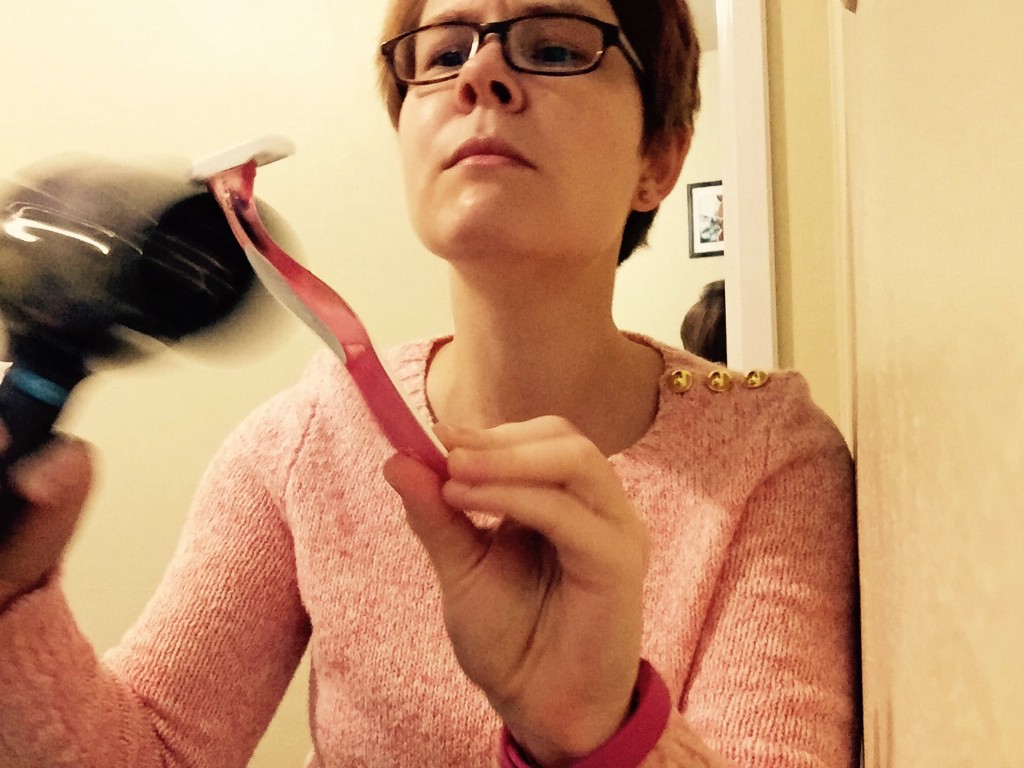
There are a lot of places in which water can hide on razors. I need to make sure I dry from every angle.
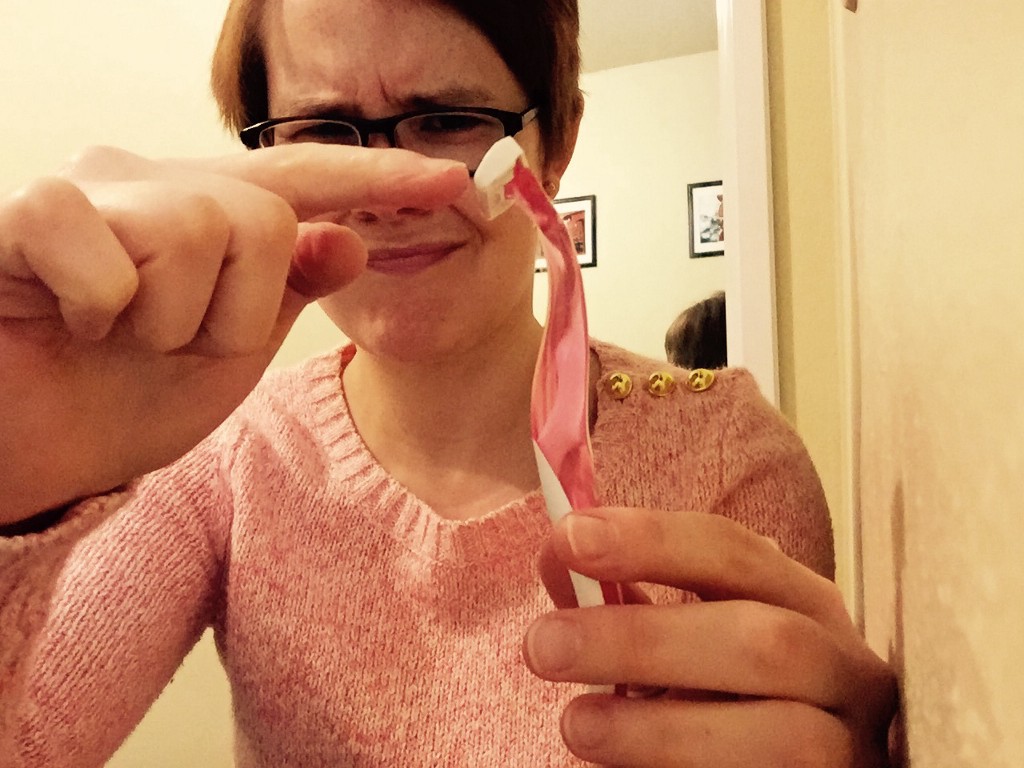
I guess the way you figure out whether your razor blades are dry is by putting your finger directly on the blades. (This is how I sliced open my thumb, the very first time I shaved my legs. That was probably too much information.)
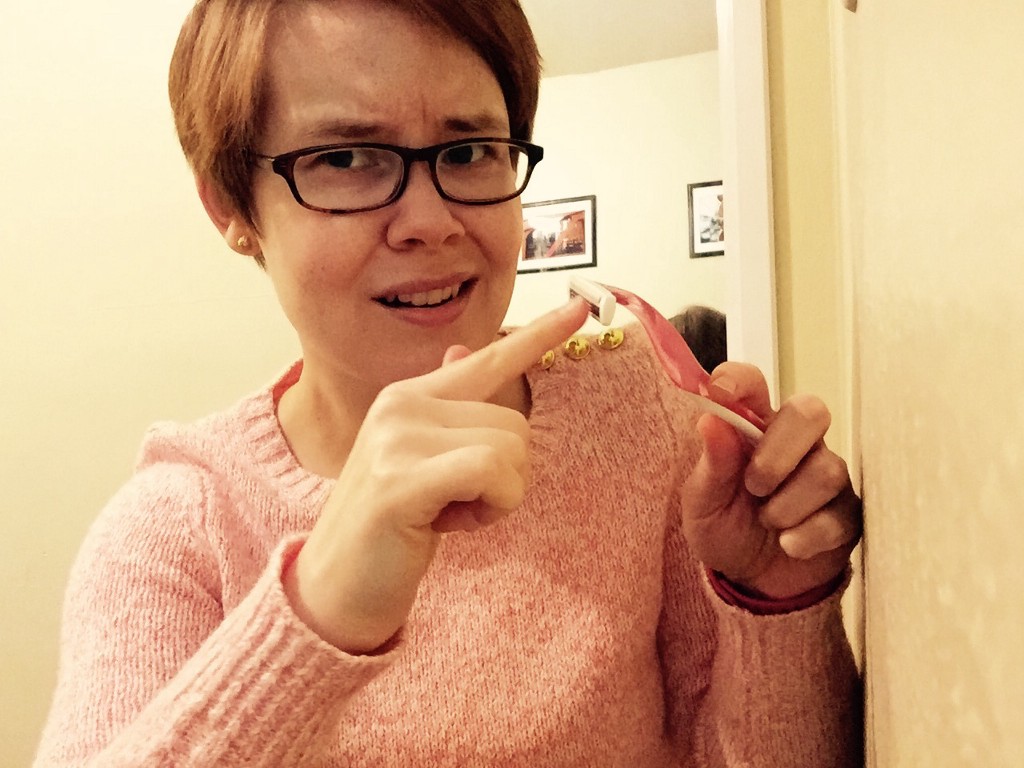
I can’t really tell, via touch, whether the razor blades are still wet. They feel dryish? Maybe? After taking a very close look at my razor I determine that there are still tiny water droplets hiding between the blades.
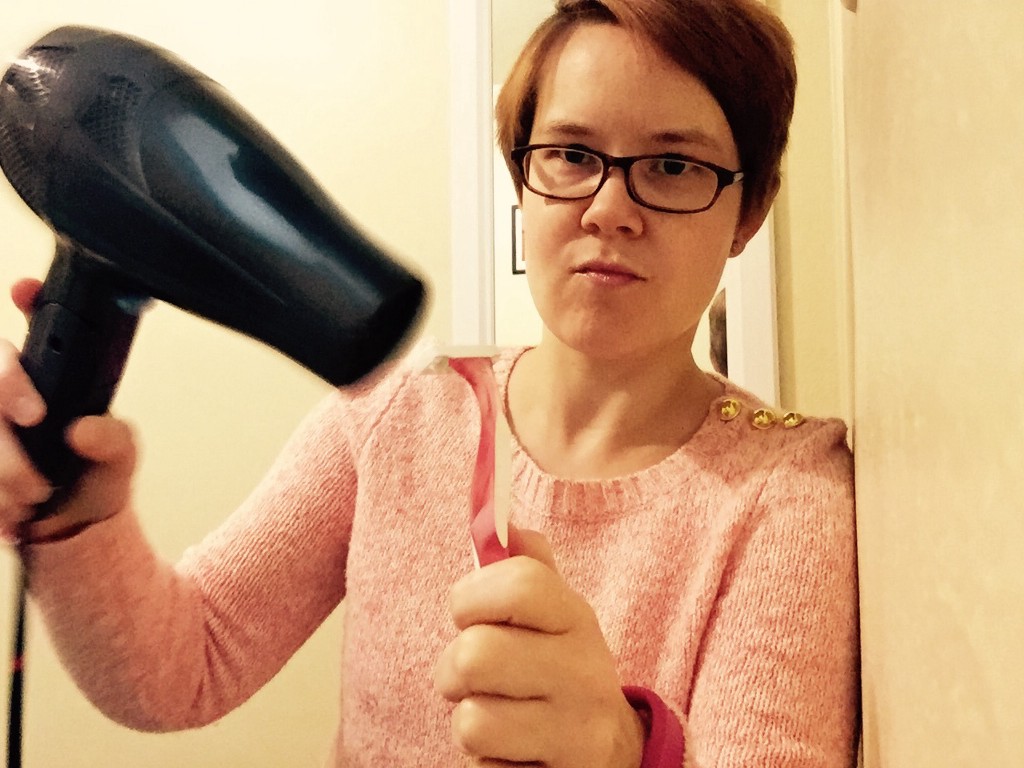
Back to drying. (I feel like I should mention that I am scheduled to get my hair cut tomorrow, which is why it looks extra shaggy today. Please do not assume that this is usually what my hair looks like.)
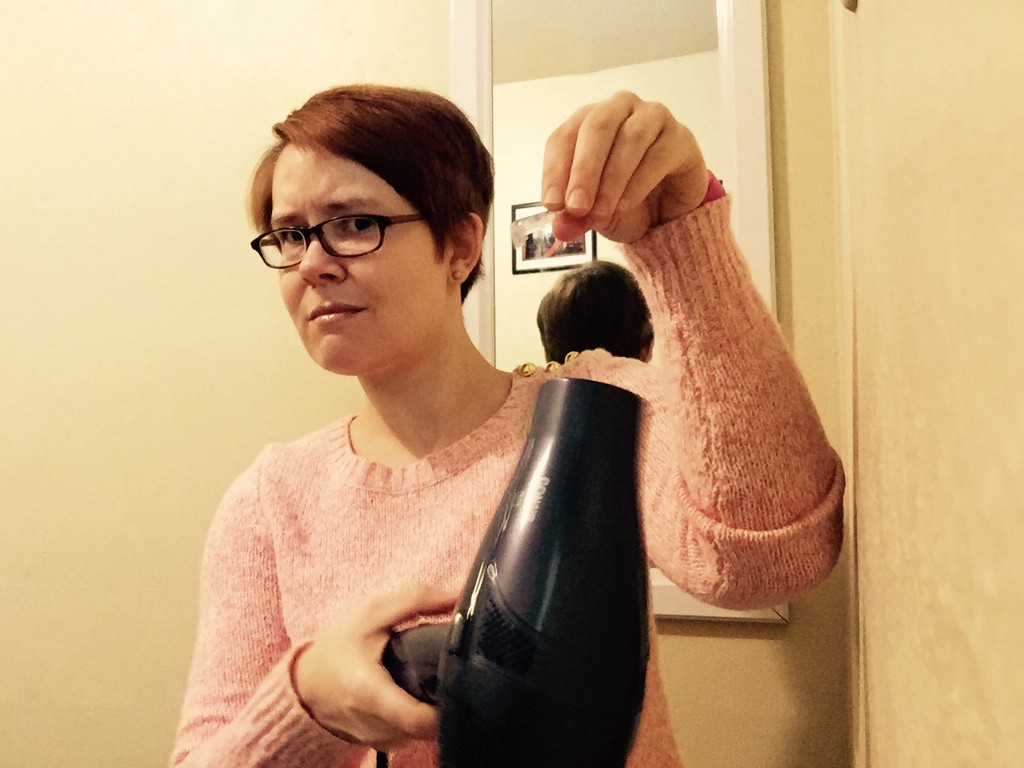
I’d better dry this part too, because the last thing I want to do with a blown-dry razor is stick the blades into a wet plastic safety shield.
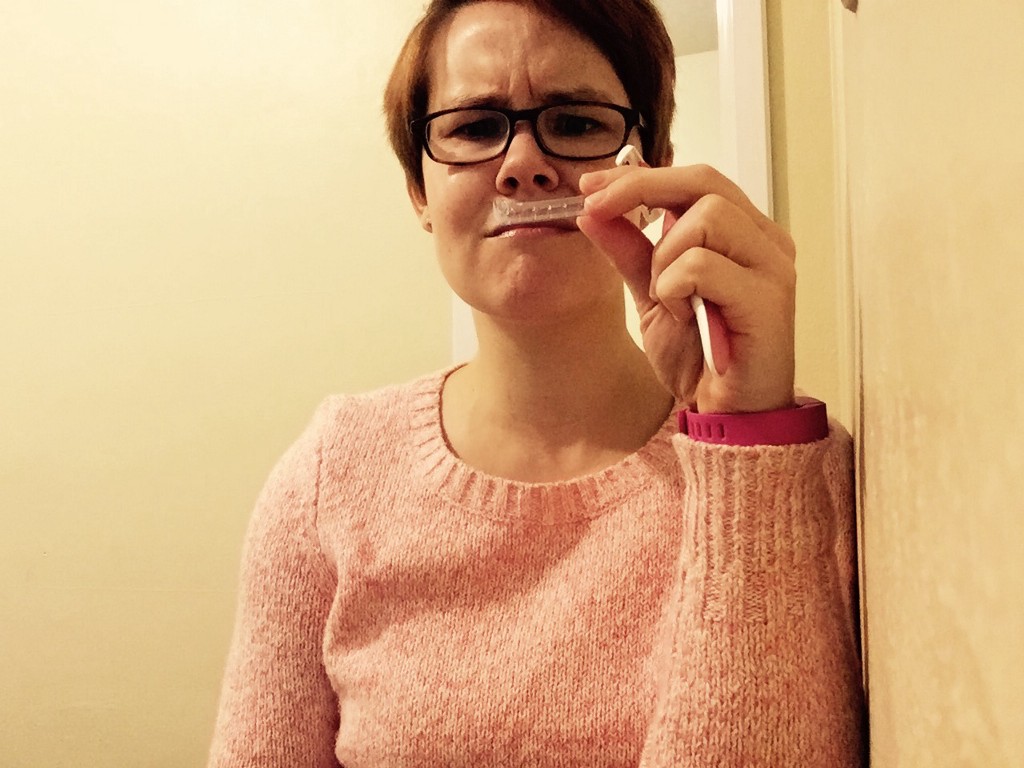
Why are there still water droplets in here?
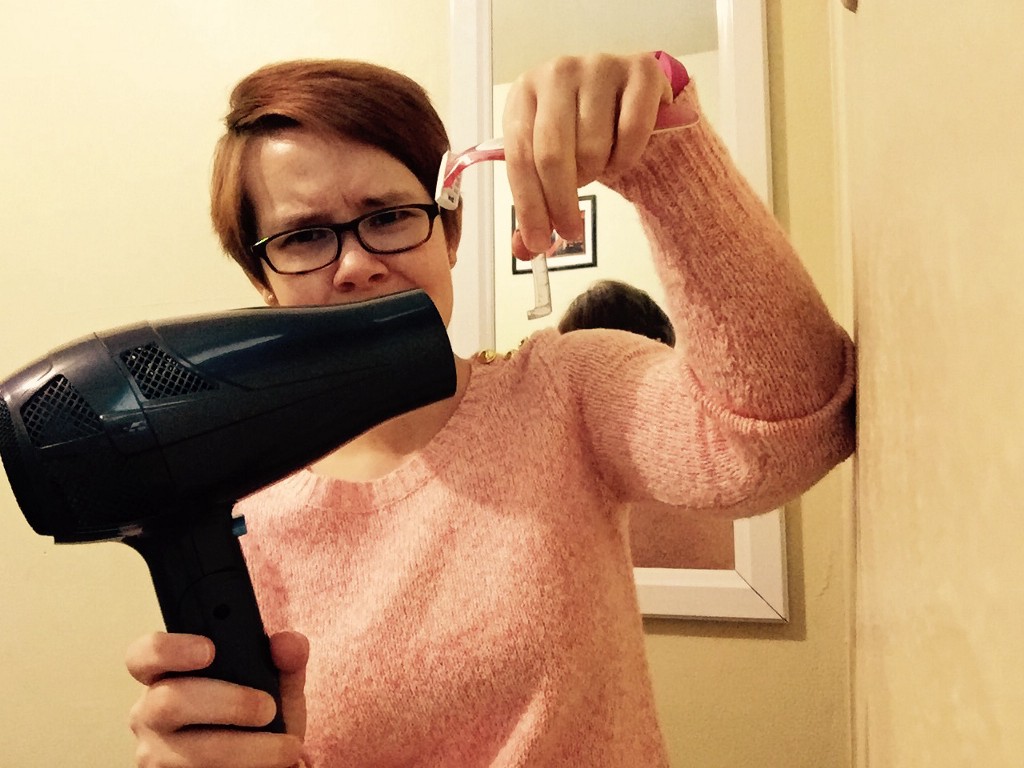
Have you ever tried to get water droplets out of the inside of a razor safety shield? Imagine doing this EVERY DAY.
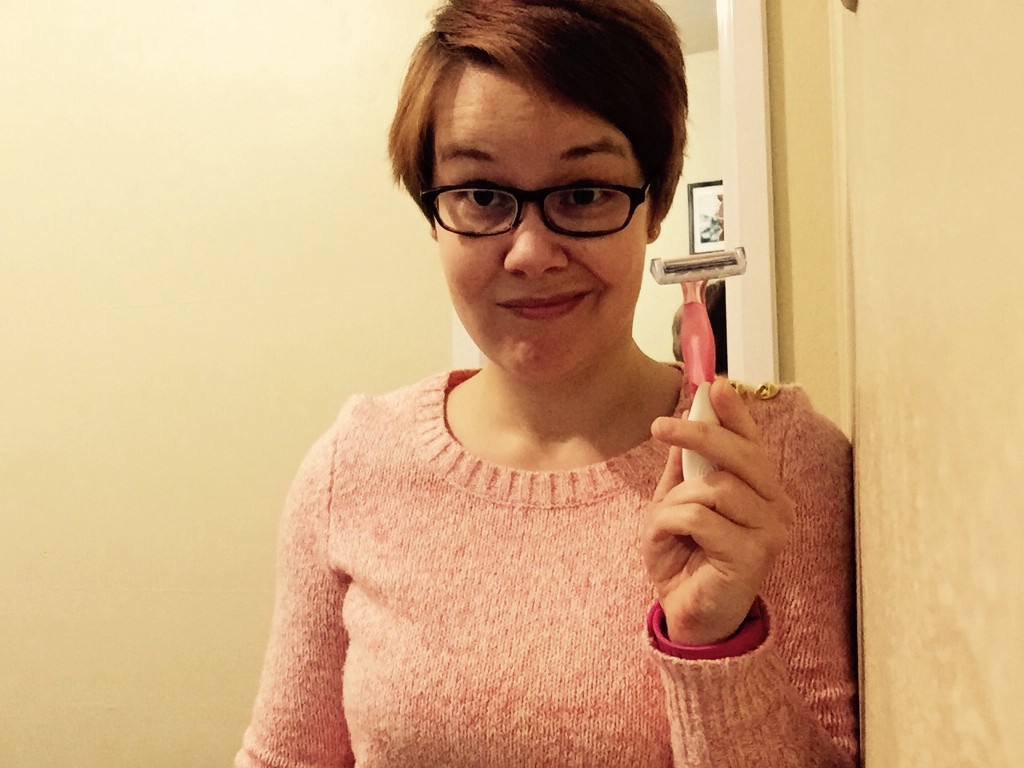
The razor seems dry. Dry enough. There is no way I will do this every day. If it is something you want to do every day, go for it. You can in fact use a hair dryer to get a razor reasonably dry, although I would recommend wiping the razor off with a towel first.
I should also note that the very first thing I did after drying my razor was put it back into my wet hanging shower caddy, and then my hand bumped my wet conditioner bottle which dribbled even more water over my dry razor. But maybe the dry safety shield will protect the dry blades, and if I’m careful, I can save $175 a year.
Support The Billfold
The Billfold continues to exist thanks to support from our readers. Help us continue to do our work by making a monthly pledge on Patreon or a one-time-only contribution through PayPal.
Comments